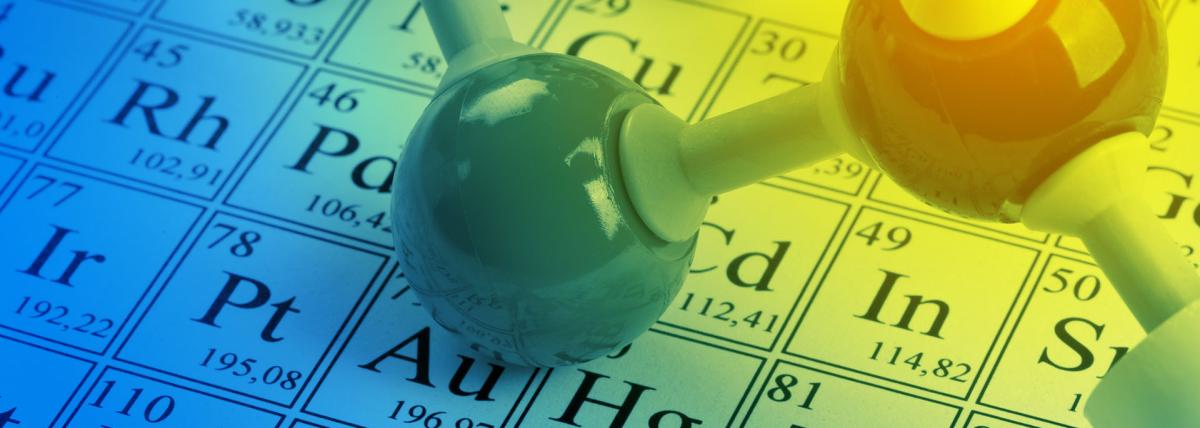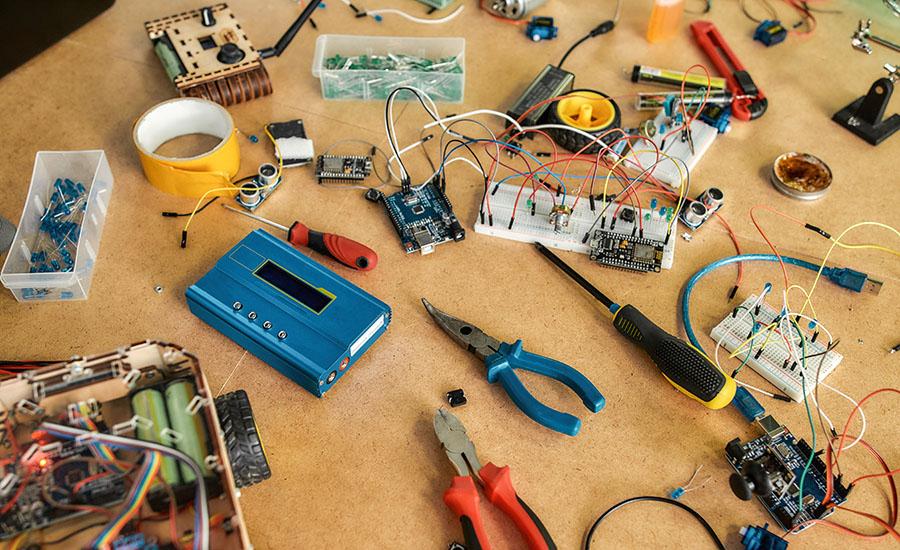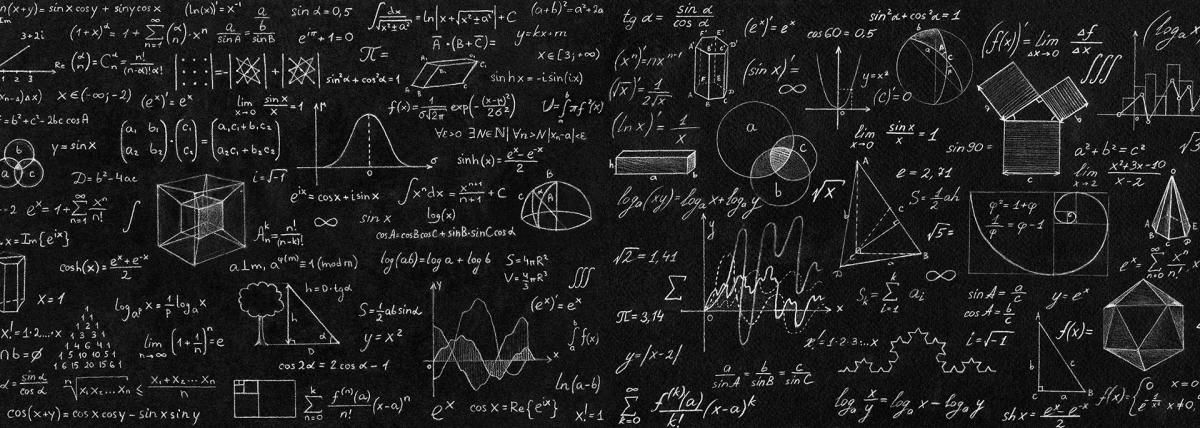
Electrons and Light Part 2
After learning about emission spectra, electron energy levels, orbitals and configurations, and periodic trends for atomic radius and ionization energy; this is concluding activity that require students to create a model to connect all these ideas in response to a prompt about emission spectra. They must construct an argument and back up their claim with evidence.
Lesson Plan Link/URL
https://docs.google.com/presentation/d/1eY-h5h0kzq7DnjIqC1rie1flv60rRKJ_/edit?u…Related Content

The quintessential chemistry lab, Flame Test Lab! Students will use spectroscopes to identify the component photons of light that are emitted from Spectrum Tubes and Flame Tests. Students will learn

I use this egg drop/crash lesson as an introduction to Energy and Energy Transfer in physics. Students understand basic kinematics, but I generally conduct this lesson before projectile motion, but it

This lesson aims to introduce the concept of equilibrium point by creating and revising a model. This hands-on lesson encourages students to explore the concepts of equilibrium and balance while